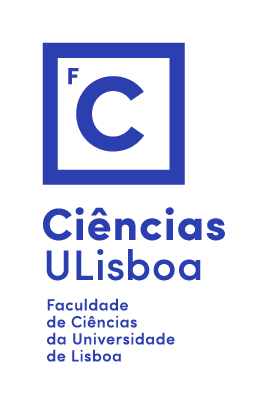Por João Guimarães da Costa (Institute of High Energy Physics, Chinese Academy of Sciences).
The Circular Electron Positron Collider (CEPC) is a large electron-position collider that was proposed in 2012, right after the Higgs discovery, to study the newly discovered boson. The CEPC will operate as a Higgs factory at the center-of-mass energy of 240 GeV, to collect over one million Higgs events, as a Z-boson factory at 90 GeV, to collect over one Tera Z-boson events, and at the WW energy threshold. Later, an energy upgrade is planned to reach the top-quark pair production threshold. The CEPC tunnel, with 100-km circumference, allows for the future installation of a possible Super Proton-Proton Collider (SppC) operating at ~125 TeV. The CEPC accelerator has recently released the Technical Design Report, and the current expectation is that the project will start construction in 2027. The start of data-taking could be as early as 2037, and run concurrently with part of the High Luminosity LHC (HL-LHC) program. The CEPC physics program is complimentary to, and significantly extends, the physics program of the HL-LHC. This seminar will cover the current status of the CEPC proposal, including accelerator and detector aspects, and the near term plans.
Transmissão via Zoom.

